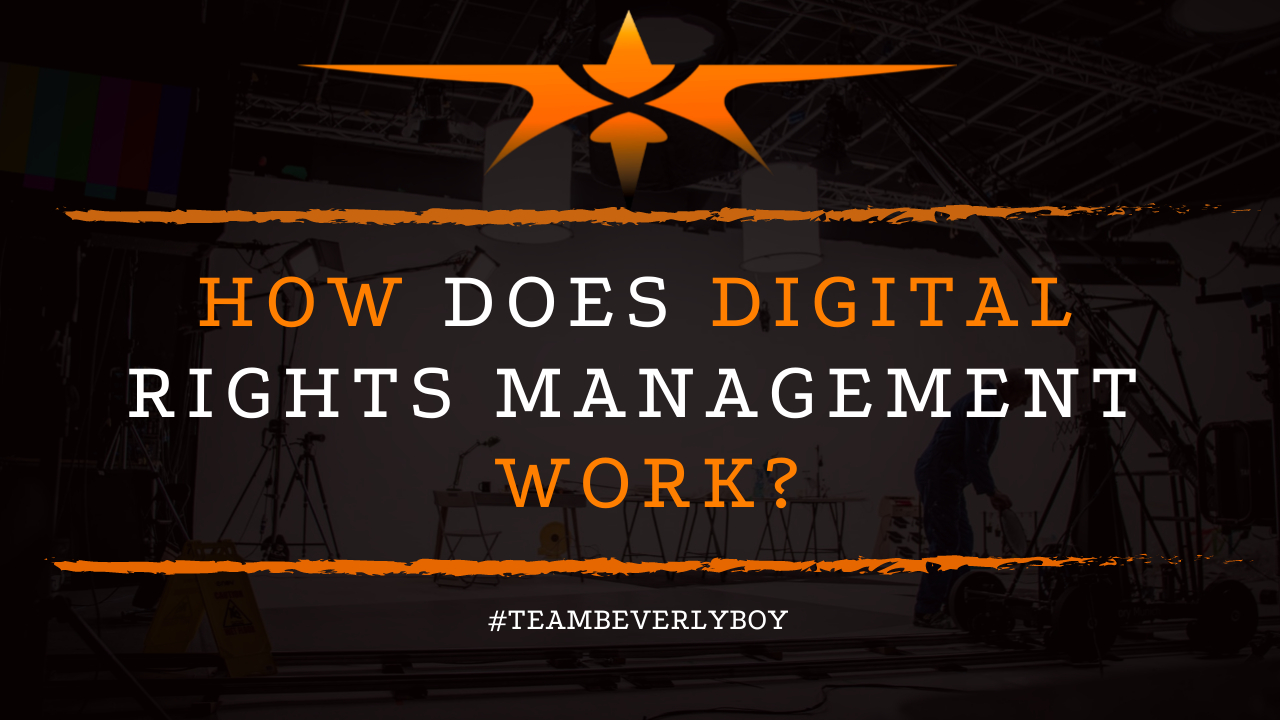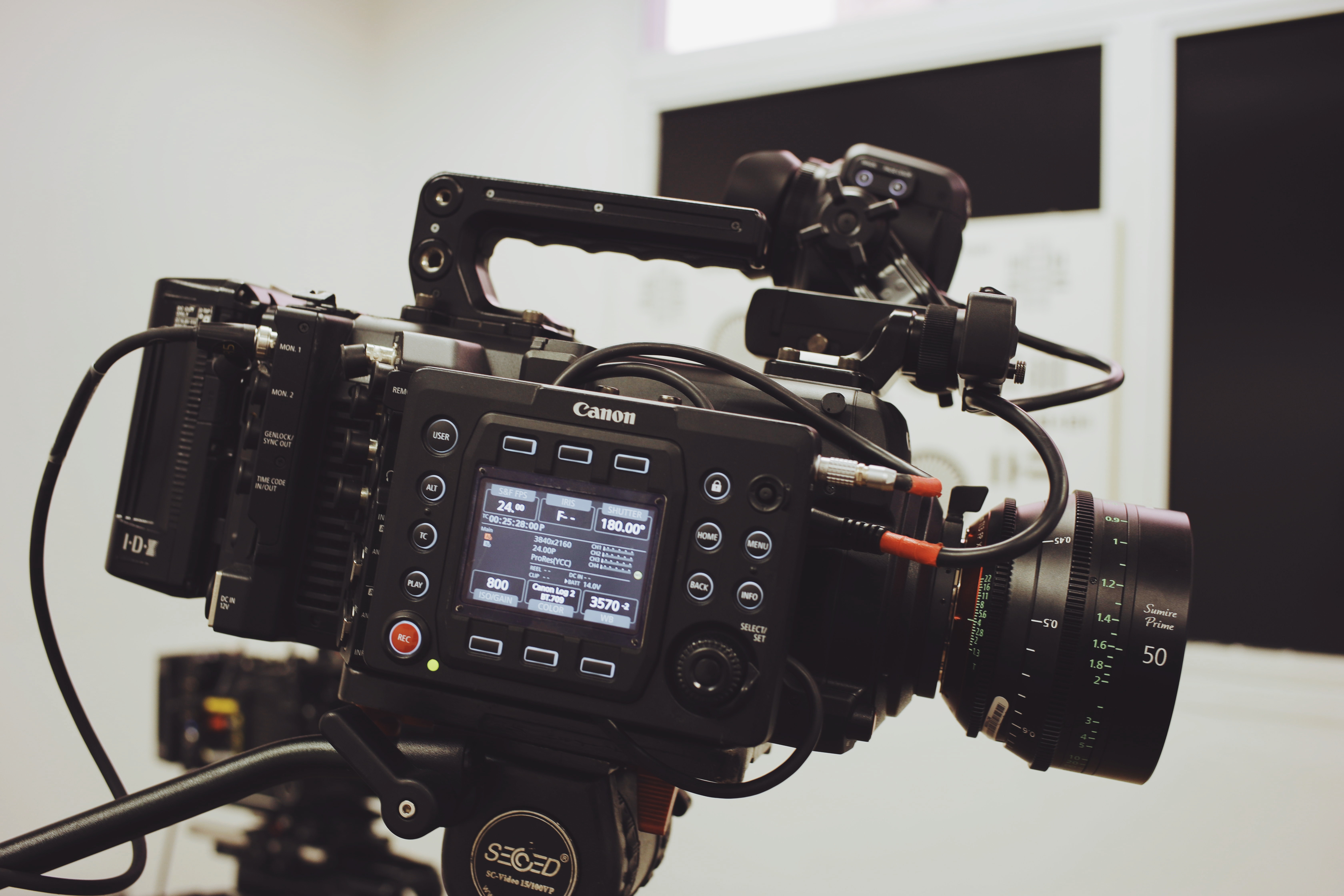
How Does Digital Rights Management Work?
Copyrighted digital materials are protected through the use of certain technology and systems known as digital rights management (DRM) which restrict unauthorized use of these works. Digital rights management systems and tools have the design to afford protection to copyright owners. To prevent the unauthorized modification, use, or distribution of copyrighted works. But exactly how does digital rights management work?

What is Digital Rights Management?
Digital rights management (DRM) represents a systematic approach to providing copyright protection for those who own digital goods.
Including videos, music and other forms of content that can otherwise be pirated or copied and redistributed without authorization if they were not protected.
Digital rights management has been in use within the software industry since the 1980s and the early use of DOS games.
The Evolution
However it has since evolved substantially to provide protection for copyrighted materials and works.
Including things like DVDs and CDs, Software, digital videos, online works, and even streaming services including Netflix, Hulu, and Amazon.
Protection
Digital rights management aims to provide protection for the digital content that filmmakers and other copyright owners hold sacred.
Through the use of various systems and tools, digital rights management works to encrypt content.
So that is cannot be recreated or otherwise reused without permission from the copyright owner. But exactly how does digital rights management work?
How Does Digital Rights Management Work?
Digital rights management represents the cornerstone of digital content security providing several different methods and tools of protection.
To ensure that digital content is not accessible by those without authorization to use it.
The technology works by placing physical limitations on the content which could otherwise be copied or repurposed if it were not protected.
Basically, digital rights management works as follows:
- A digital content item has encryption using digital rights management technology and coding. In which a packaging process places an encryption key on the content that is secret and can only open upon meeting certain standards.
- The encryption key bundles along with a digital content license in which certain rules about the content and use of the content are included and must be followed.
- When a license key is requested so that the user can view the content, the digital rights management client will check the license and authorize the opening of the digital product.
- If the DRM finds that the license key is acceptable, the product is accessible upon validation.
- The token then tells the receiving device that it is okay to decrypt the encrypted digital content and allow the end user to access it.
All of this really occurs behind the scenes. For the end user, digital rights management works almost seamlessly. If they have the permission or the license key to access content?
The digital rights management process will likely look something like:
- User purchases access key.
- Digital product appears.
- User clicks to open digital product.
- User enters access key code.
Behind the Scenes
It’s a very quick and easy process on the user end. But there’s a lot happening behind the scenes on the client end.
As they make sure that protections are in place to ensure there is no risk for the digital content to be stolen or for the copywritten work to otherwise be at risk.
Digital rights management is seeking to ensure the subscription is in good standing and that the user is valid.
It is also going to check that a registered device is being used to access the content. And that any appropriate time-based usage rules are being appropriately followed.
Types of Digital Rights Management
In examining how digital rights management works it’s important to consider the various types of tools and systems that are in place to provide protection for copyright owners.
Digital rights management protects copyrighted digital works through a variety of systematic tools and objectives.
Together, this technology aims to protect and monetize intellectual property and copyrighted works.
To prevent the misuse of theft of these products particularly online and in the digital space collectively known as the World Wide Web.
The most common types of digital rights management protections include:
- Encryption – This includes using coded encrypted content to prevent others from being able to copy. Or otherwise access the content without permission.
- Governance – Includes using a set of encryption keys which are bound by conditions that must first be met before the key may be used to access the encrypted material.
- Authentication – Involves the identification of and authorization to encrypt content. Authentication occurs once they identify a user. And has otherwise met the terms of the DRM client services to access the content.
- Enforcement – Authorization for encrypted content access is checked regularly to ensure that the user continues to meet the standards and maintains the terms of the license agreement.
In Summary
As you can see, when it comes to how digital rights management works? Behind the scenes there’s a lot going on. But on the front end there is minimal impact for the end user.
The overall goal is to make sure that those who wish to access digital products do so within their rights and do not attempt to steal or otherwise impede on copyrighted works.
It’s a busy and intricate process, but it’s important to the protection of digital works.


